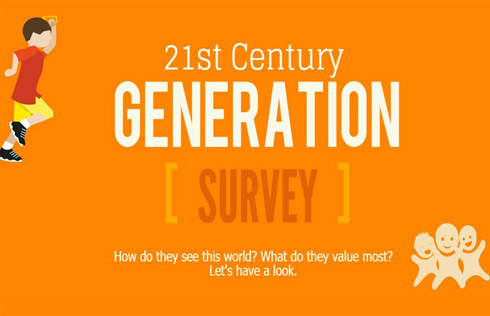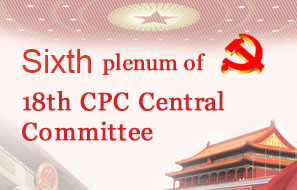World Antibiotic Awareness Week: Everyone can fight antimicrobial resistance
Antibiotics have been our miracle drugs for decades. They have allowed us to save millions of lives from infections that were once deadly, and have played a key role in making complex surgeries possible. But these go-to medicines are fast losing their power because of widespread overuse and misuse in the human and animal health sectors. This phenomenon – known as antimicrobial resistance or AMR – threatens the health and lives of everyone, the environment, as well as the sustainability of our food and agriculture production systems.
How is this happening? Well, in human health, misuse is driven by people taking antibiotics when they do not need them; failing to take a full course of antibiotics when they are prescribed; or not following good hygiene to prevent bacterial infections. All of these actions allow bacteria to survive, to develop resistance to the drugs used to treat them, and to be passed on to others. It is these bacteria that will be the ones with the greatest resistance to antibiotics and be the most difficult to treat.
As a result, common surgical procedures such as a caesarean section, or a simple bout of pneumonia, could suddenly become life threatening because we can't fight infections with antibiotics or other antimicrobial drugs.
And, the misuse of antibiotics does not just start and end with humans. Antibiotics are also misused and overused in agriculture while treating and preventing infections in animals, to prompt animal growth, and to meet growing global demand for protein-rich food.
There are already increasing numbers of people in both developed and developing countries acquiring "superbugs" that do not respond to available treatments. Every year, drug-resistant infections kill an estimated 700,000 people worldwide—most of these in developing countries. And some estimates suggest that by 2050, the number could rise to 10 million—more than the number of people who currently die from cancer.
Beyond the tragic human cost that we pay for the misuse of antibiotics, there is also an enormous financial cost. A recent World Bank Group report put a price tag on failing to tackle AMR by 2050 at an approximately 1.1 to 3.8 per cent fall in annual global GDP. This is on par with the impact of the 2008 global financial crisis.
Clearly we cannot afford to sit idle if we care about the future of our families and those of coming generations.
Thankfully we have seen some huge steps taken this year to address this looming global crisis. In August, China issued its National Action Plan to Contain Antimicrobial Resistance. In September China hosted the G20 meeting in Hangzhou, which committed member countries to address the "threat to public health, growth and global economic stability" posed by AMR. And in September China attended the United Nations General Assembly High-Level meeting on AMR, which provided a further signal that global leaders recognize the catastrophic consequences of failing to tackle AMR.
The challenge now is to accelerate aggressive actions to control the growth of AMR. But as with many of today's problems, there is no silver bullet.
One of the things we must do is improve awareness and understanding of AMR, both among those who prescribe and dispense antibiotics, as well as among patients — for instance, raising awareness about taking antibiotics correctly. Another is to reduce the incidence of infection — by getting people serious about washing their hands effectively, especially in hospitals and by reinforcing disease control preventative measures and biosecurity levels in farms.
This week is World Antibiotic Awareness Week, and the global objective this year is to encourage the responsible prescription and use of antibiotics. We are joining forces to support the National Health and Family Planning in implementing China's National Action Plan by helping to raise awareness of the problem, and to spread greater understanding of the role that everyone – patients, doctors, veterinarians and farmers – can play. Through our activities we hope to build the confidence and knowledge of professionals across human and animal health on the rational prescription and use of antibiotics, and encourage them to be the drivers of behavioral change. We also hope our activities can instill upon the general public the importance of hygiene in reducing infection and encouraging responsible demand and use of antibiotics under the right circumstances.
Everyone everywhere can, and must, do their own bit by taking some simple but very important steps to fight AMR. We are now standing at a turning point, to which future generations will look and say we made the right choice and acted.

























